A large 7 segment display with shift register. Link in a row for big number displays.
Designed by The Curious Electric Company in United KingdomNo shipping info available.
Set destination country to see options
Shipping to starts at
Free shipping is available to !
Ships from
This item does not ship to .
More Info
Sign up to get notified when this product is back in stock!
Overview This is a serially-interfaced 7 segment LED kit which can be linked together to create numerical displays. The LED display is a large 45mm/1.75" unit with super-bright LEDs and is easily da…
Read More…(Note: The image shows three kits connected together - each kit contains one digit)
This board is a relatively simple design. Each of the 7 segments of the LED is controlled by one bit of a shift register. The decimal point is also controlled by the shift register. This means each board is controlled via an 8 bit binary number. You will need a 12V supply to drive the LED units, along with a 5V supply (which can be provided from an Arduino or microcontroller supply).
Data is moved into the shift register serially (check the example code for more details). The LATCH pin is taken LOW. Serial data is then moved into the shift register by first setting the DATA line to 0 or 1, then pulsing the CLOCK line. When 8 bits have been shifted in then the LATCH pin is taken high and the output displays whatever values are in the register.
The output from the shift register is just 5V, which is not enough to drive the large 7 segment LED display. This requires 12V and curent limiting resistors (330 ohm for 12V). A UN2003 7 transistor array is used to control each of the 7 segments. These transistors control the low side of the device. The 7 segment display must be a common-anode type.
The decimal point is a special case as it only contains one LED, hence must have a different current limit. An additioanl NPN transistor is used along with a 1k current limiting resistor to control the decimal point.
If you have more than one board in series (they are designed to fit together to make large numerical displays), then you need to clock in all the data to control every part of the display. For example - if we have three digits then we must clock in three 8-bit digital numbers and then set the LATCH high. This will then control all three digits. Check out the instructions and the exmple code for more information. The device is wired with the following connectors (P1 (input) and P2 (output) are as follows):
Here is some video of the unit in action.
We have been asked to provide large visible displays, mainly to show power and energy. These are generally run form 12V DC supplies. In fact we have been asked to do it so many times, that I thought I would design a relatively simple LED display unit which can be wired together to create large numerical displays. So here it is. There are full instructions for you to build your own (at www.re-innovation.co.uk).
Here are three units built into a power meter prototype:
 .
.
No country selected, please select your country to see shipping options.
No rates are available for shipping to .
Enter your email address if you'd like to be notified when Large 7-segment LED unit can be shipped to you:
Thanks! We'll let you know when the seller adds shipping rates for your country.
| Shipping Rate | Tracked | Ships From | First Item | Additional Items |
|---|---|---|---|---|
|
:
|
No shipping info available.
Set destination country to see options
Shipping to starts at
Free shipping is available to !
Ships from
This item does not ship to .
More Info
Sign up to get notified when this product is back in stock!
Ulverston, Cumbria, United Kingdom
Ships from United Kingdom.
21 Reviews | 441 Orders
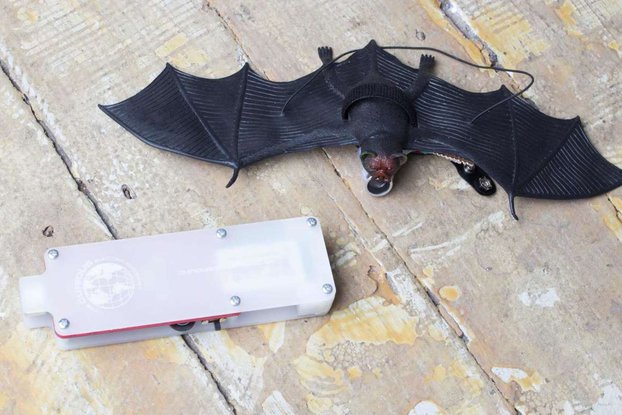
$35.00
Free Shipping!

$27.50
Free Shipping!

$6.50
Free Shipping!
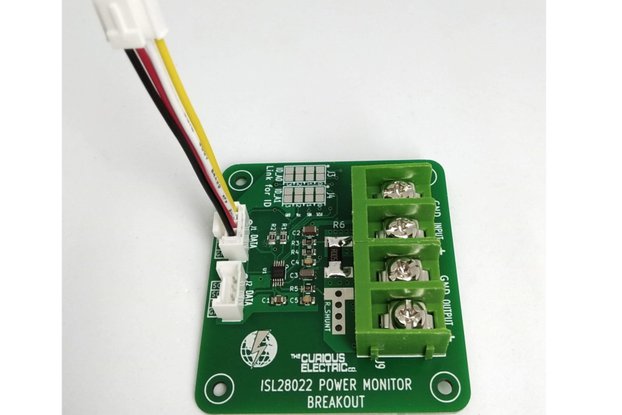
$24.00
Free Shipping!
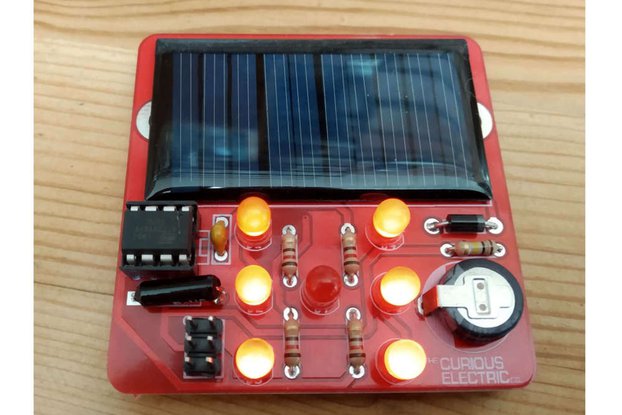
$15.95
Free Shipping!
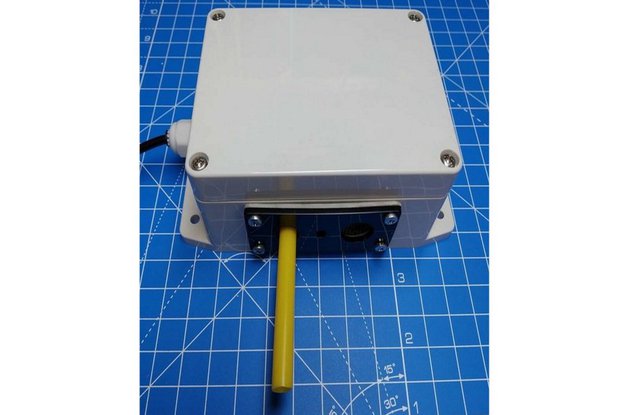
$85.00
Free Shipping!

$24.00
Free Shipping!
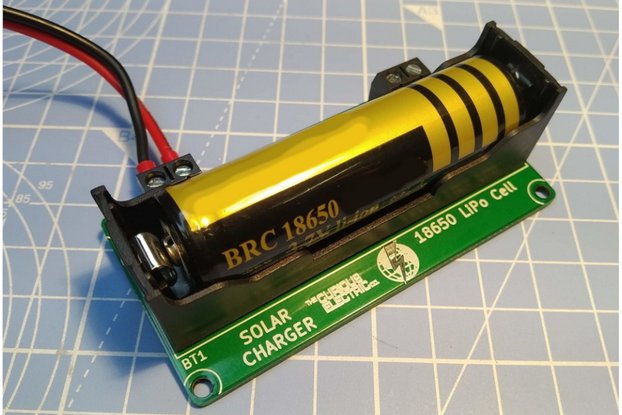
$17.00
Free Shipping!
By clicking Register, you confirm that you accept our Terms & Conditions
We recognize our top users by making them a Tindarian. Tindarians have access to secret & unreleased features.
We look for the most active & best members of the Tindie community, and invite them to join. There isn't a selection process or form to fill out. The only way to become a Tindarian is by being a nice & active member of the Tindie community!
